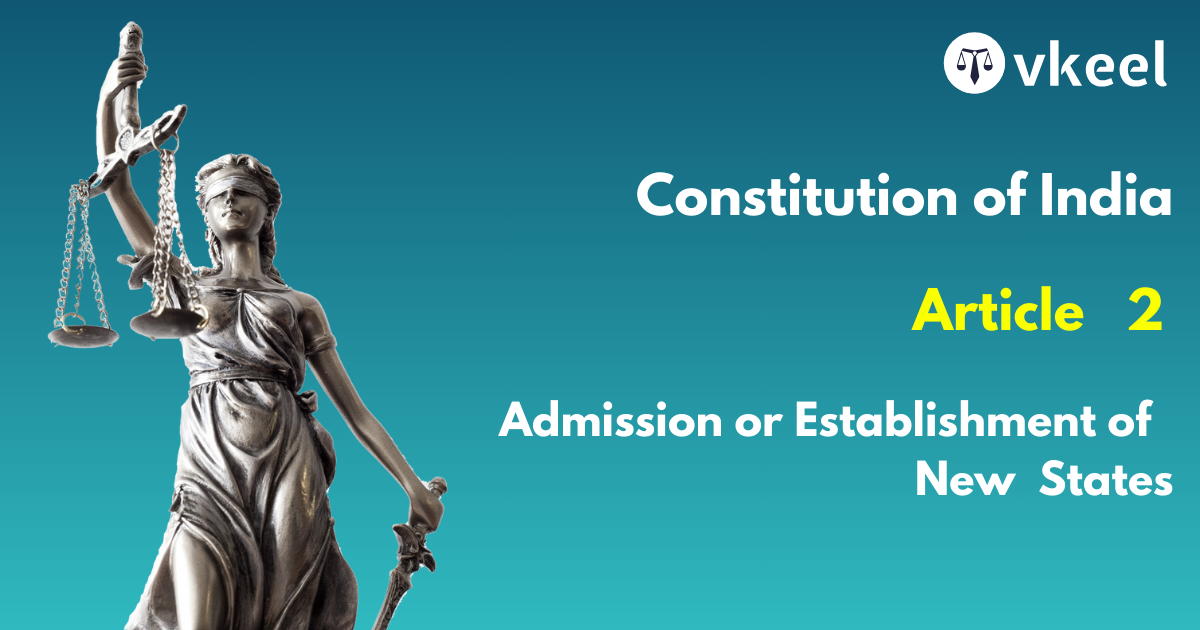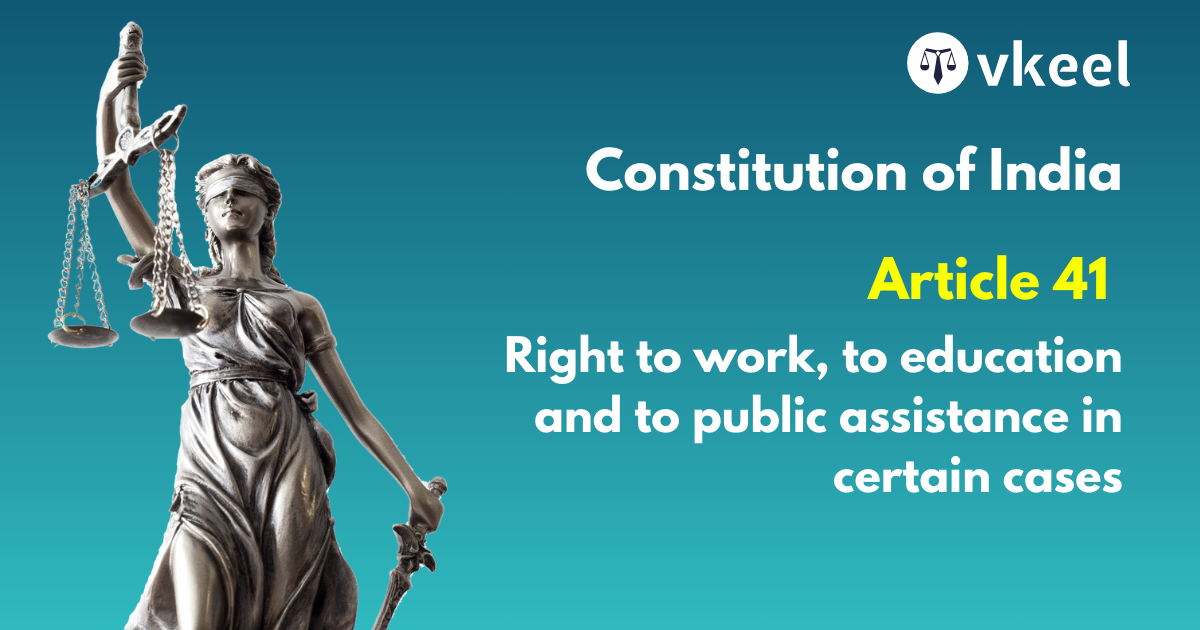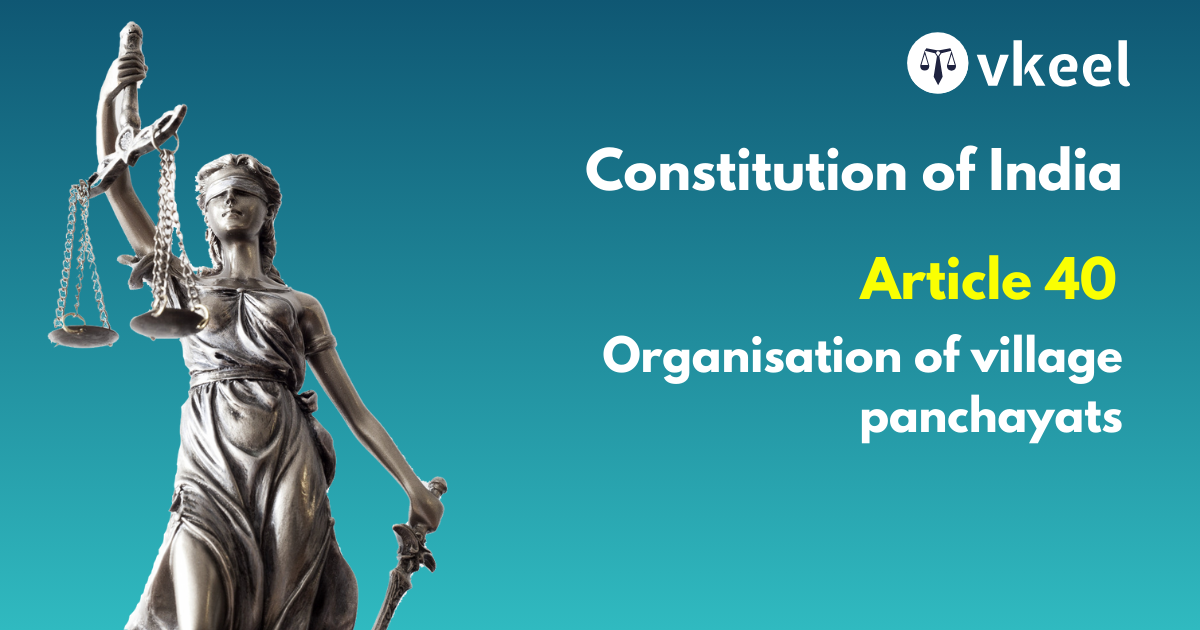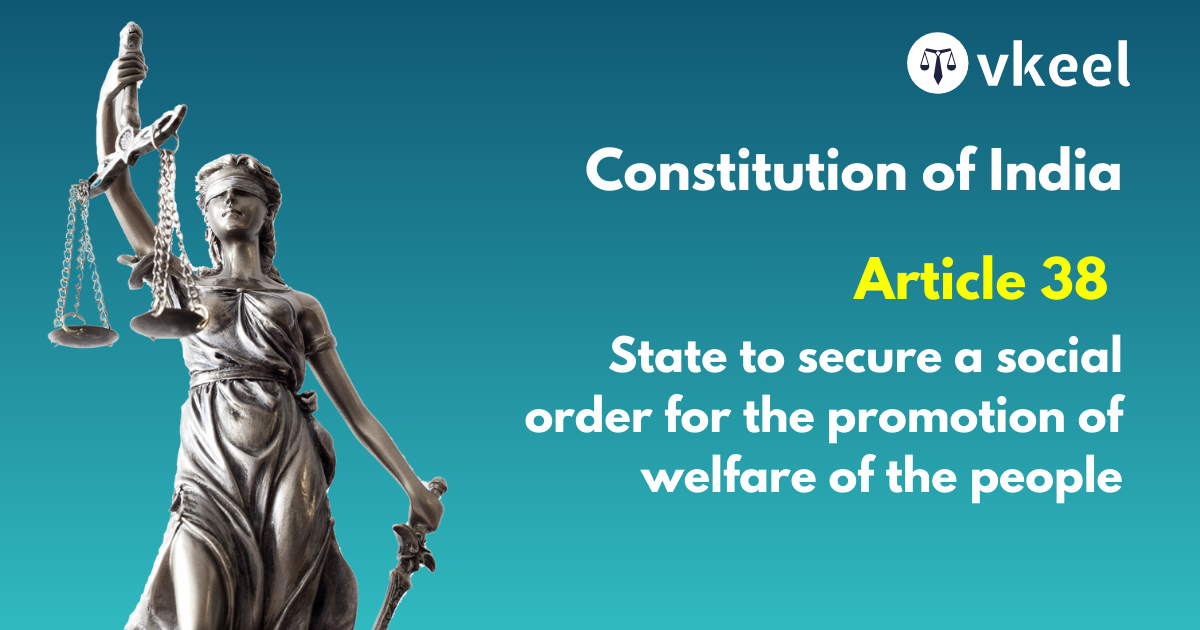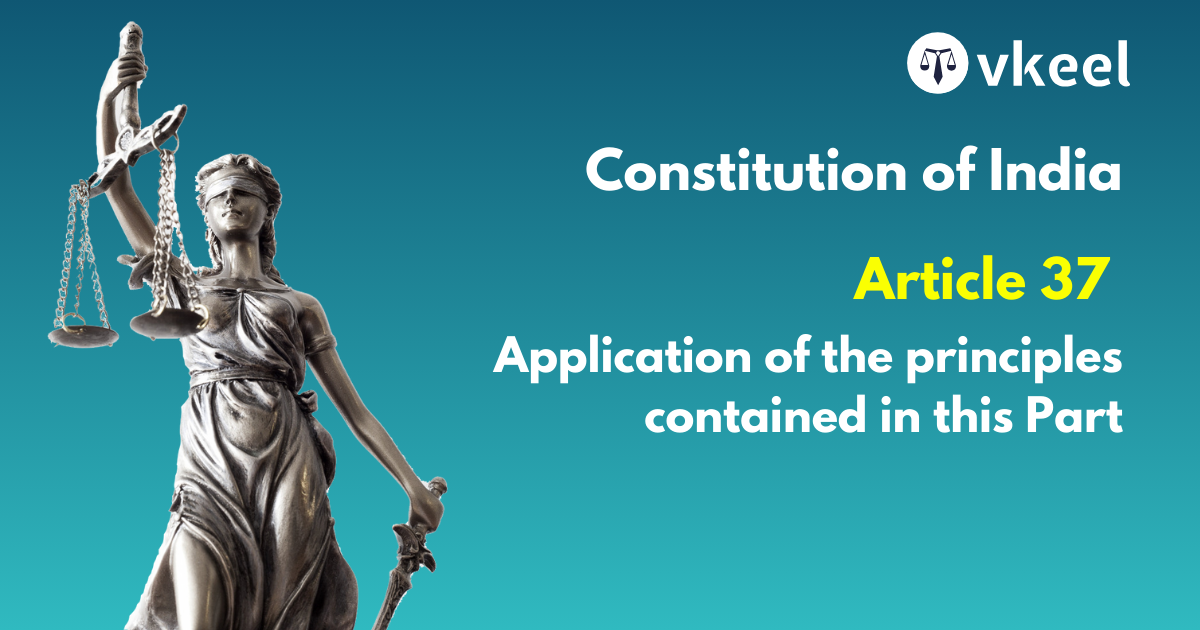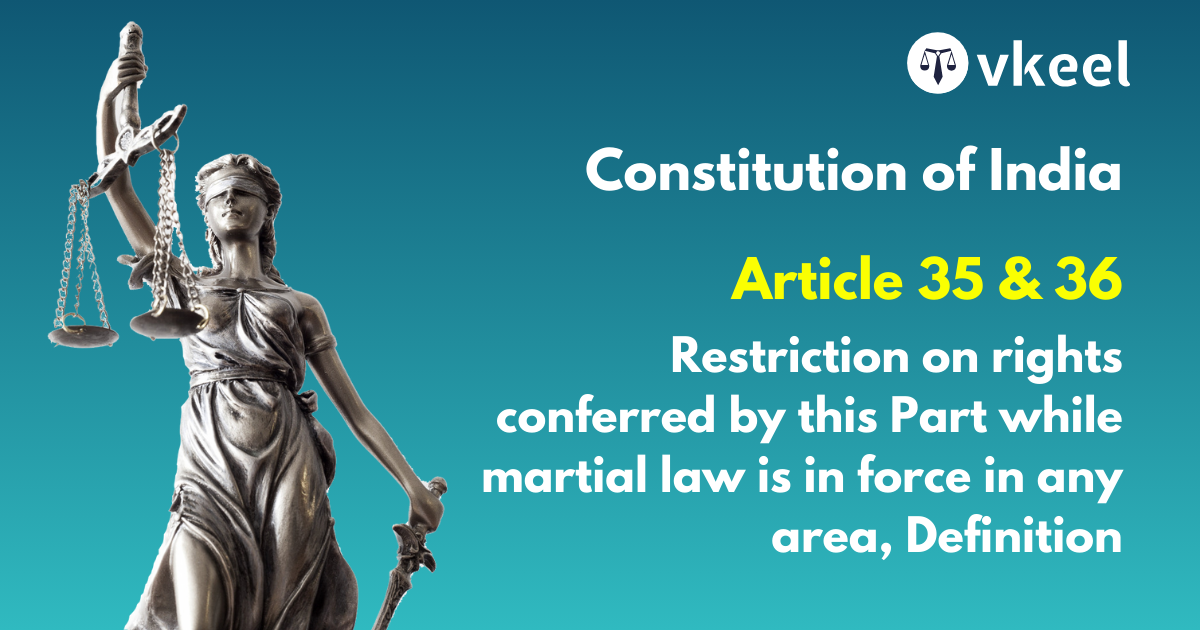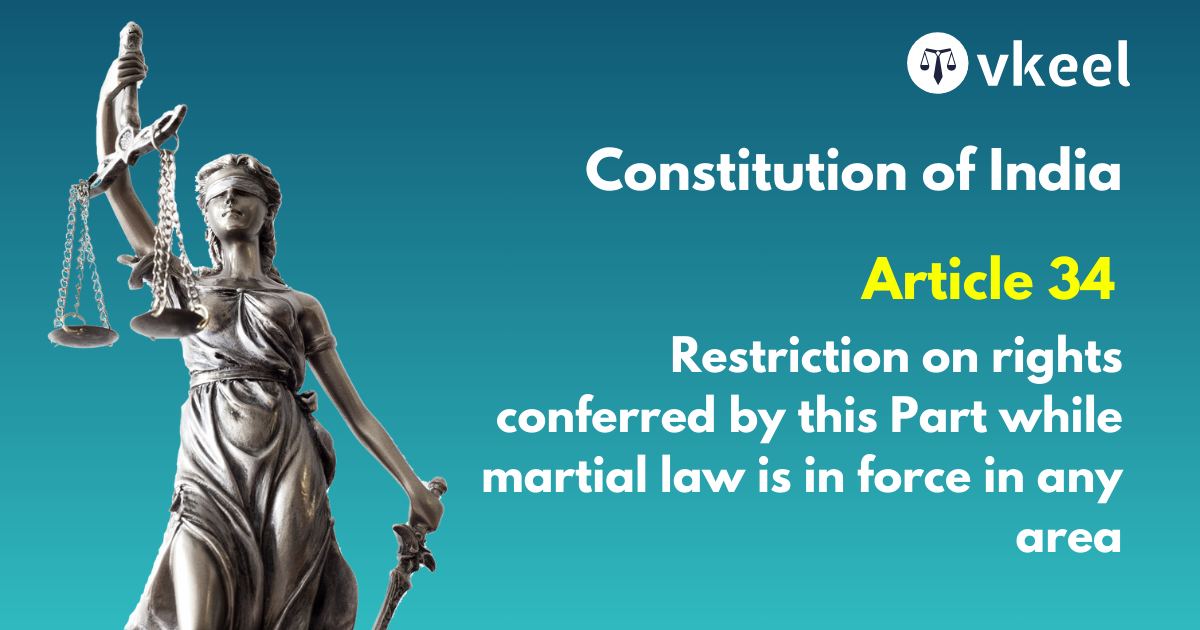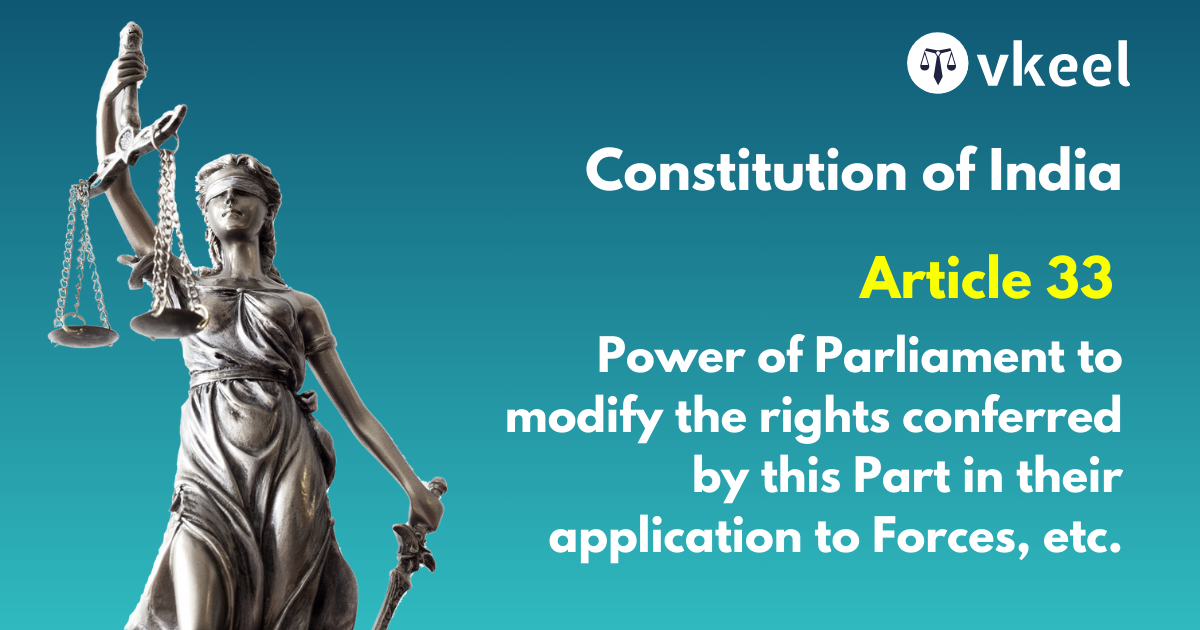Article 2 Constitution of India – Admission or establishment of new States
By Vanshika Saini
Table of Contents
Introduction
The constitutional provision under the rationale of the union and its territory deals with another structure which creates a scope for admissibility of new states into the boundaries of the union.
The key aspect of this programme is highlighted under Article 2 of the Constitution of India, providing such terms or establishment a special attention. The supreme authority that holds majority of power in addition of any new domain is the ultimate parliament.
The aforesaid proposition calls for two conditions, the admission of the political communities or states in existence and second the creation or establishment of a whole new state respectively.
The whole set of discretion lies in the hands of the Parliament, if the new territory falls into the category of “it thinks fits” as prescribed by the higher authority; i.e. the parliament and does not alter the basic law of the constitution, it is admitted.
The above-mentioned powers of the Parliament have been witnessed in creating the territories of Karaikal and Pondicherry, which were initially a French settlement.
Constitution Of India: Article 2
Admission or establishment of new States.—Parliament may by law admit into the Union, or establish, new States on such terms and conditions as it thinks fit.
[2A. [Sikkim to be associated with the Union.].—Omitted by the Constitution (Thirty-sixth Amendment) Act, 1975, s. 5 (w.e.f. 26-4-1975).]
Landmark Judgements and Amendments
R.C. Poudyal v Union of India is a landmark case which highlights the relevance of Article 2 in 1993.
The apex court observed the newly elected legislative assembly of Sikkim and took up the task of addressing the constitutional validity of reservations.
The question revolved around whether the authority or the power allocated to the parliament of admitting and creating states holds the Parliament’s accountability for a judicial review.
The supreme court on the case centring judicial review as a subject matter held that all questions answered politically were out of the purview of any judicial proceeding. It was upheld by the court that the flexibity given to the Parliament although are not unrestrained of judicial scrutiny.
In 1974 a new triumph came into existence, admitting Sikkim was a constitutional necessity to pay heed to the people’s desires thereby through the 35th constitutional amendment Article 2A was added , thus making Sikkim an associate state.
Later through the 36th constitutional amendment of 1975, Article 2A was omitted out along with the tenth schedule and Sikkim was added to the First schedule of the constitution instead, officially as the 22nd state of India.
Impact Of Article 2
The consolidation of princely state and unevenly distributed areas after the independence was a massive challenge for the makers of the constitution’
To cater to the needs a solution was promulgated, by setting up a State Reorganization Committee in December 1953 headed by Justice Fazl Ali, K.M. Panikkar and Hridaynath Kunzru.
A report was submitted by the commission on 30th September 1955 providing the citizens with a rational structure of redefining the boundaries of the state.
The fundamental aspect was to keep the cultural, linguistic and administrative efficiency and homogeneity intact and in order.
Conclusion
The spirit and essence of both integrity and unity is submerged in the Article 2, embellishing a government that has a vision, respects inclusivity and promotes flexibity.
The significance of Article 2 is not only associated with historic times to addition or deletion of any state rather it is still relevant in claiming India as a cohesive entity along with essential dynamic changes.
The regional faith and sentiments of the people are well accommodated within the territory of India as showcased in the respective article, thus promoting national unity.
The responsive federal and administrative structure of India will remain to cater the needs of its people in future as well.
Disclaimer:
The information provided in the article is for general informational purposes only, and is not intended to constitute legal advice or to be relied upon as a substitute for legal advice. Furthermore, any information contained in the article is not guaranteed to be current, complete or accurate. If you require legal advice or representation, you should contact an attorney or law firm directly. We are not responsible for any damages resulting from any reliance on the content of this website.

